Gender Lens Investing is an effective strategy to alleviate poverty and reduce gender inequality. Existing gendered inequalities such as lower labor force participation and lower wages, greater unpaid care responsibilities, limited access to resources and education contribute to a gendered poverty penalty that accounts for about 5 million more women living in extreme poverty across the world, particularly in South Asia and Sub-Saharan Africa (Sanchez-Paramo et al., 2018).
Worldwide, in 2019, less than 50% of all women participated in the labor force compared to 75% of all men (World Bank, 2019). However, women allocate 2.5 times more of their time and effort to unpaid work as caregivers and in household responsibilities than men(UN Women, 2016).
At current rates of engagement, it is estimated that it will take close to 108 years to close the economic gender gap and 202 years to reach global gender parity (Cann, 2018). These types of gender inequalities have negative consequences for women’s health and well-being. On a per-capita basis, gender inequality in earnings is causing losses in wealth estimated at $23,620 dollars per person globally (Wodon and De la Brière, 2018). The loss in global human capital wealth due to gender inequality is estimated to be over $160 trillion dollars.
Increased economic participation of women has been shown to reduce poverty.
It is crucial for impact-driven companies to provide equal employment opportunities for women and to support women in the workforce to alleviate poverty in emerging and low-income countries.
In Latin America and the Caribbean, women’s increased labor force participation rates decreased extreme poverty by 30% from 2000 to 2010 (World Bank, 2012).
Women and girls make up 70% of the world’s poor, and are disproportionately represented among the 2 billion people that live on less than $2.00 a day (Acumen, 2015). Women face many challenges that begin in the workplace and impede them from gaining more influence and stability in society. Worldwide, women have lower education levels and worse health outcomes, which lead to fewer economic and employment opportunities (Acumen, 2015). Women earn 10% of global income while accounting for 67% of global working hours, and the global wage gap between women and men is 23%. Furthermore, up to 70% of women have experienced physical and/or sexual violence from an intimate partner in their lifetime.
Sources:
https://data.worldbank.org/indicator/SL.TLF.CACT.FE.NE.ZS
https://www.unwomen.org/en/digital-library/publications/2015/4/progress-of-the-worlds-women-2015
https://blogs.worldbank.org/developmenttalk/no-70-world-s-poor-aren-t-women-doesn-t-mean-poverty-isn-t-sexist
https://www.weforum.org/press/2018/12/108-years-wait-for-gender-equality-gets-longer-as-women-s-share-of-workforce-politics-drops/
https://openknowledge.worldbank.org/handle/10986/29865
http://documents.worldbank.org/curated/en/731771468010902462/pdf/The-effect-of-womens-economic-power-in-Latin-America-and-the-Caribbean.pdf
https://acumen.org/wp-content/uploads/2015/10/Women_And_Social_Enterprises_Report_Acumen_ICRW_2015.pdf



